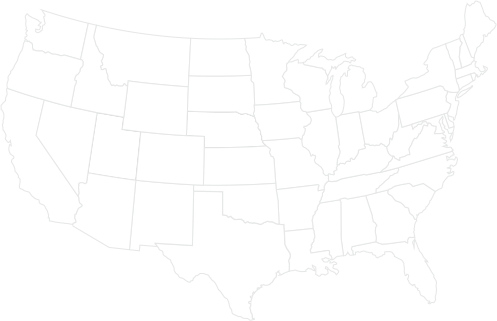Looking for the Best Price on Whole Cottonseed? Get to Know a Supplier and Layer In Contracts
• Posted in Articles
Beef producer Terry Quam knows that success comes down to how well you take care of your cattle. On his 240-head purebred Angus operation in Wisconsin, he adds whole cottonseed to his ration to ensure his cattle are getting a good balance of fiber, fat and protein.1
“We’re in a very competitive business,” Quam said. “You can have the best genetics in the world, but if you don’t take care of them right and feed them right, you’re not going to get the potential out of them. You’re not going to be competitive. So for us, feeding whole cottonseed is all about being competitive and getting those calves off to a really good start.”
Many beef and dairy producers are looking to whole cottonseed to add nutrition to their herd’s diet during a time where other feed options may be less available due to weather conditions or supply chain constraints. For Quam, whole cottonseed provides a good source of fiber for his calves, particularly those born in December when there’s a short supply of locally grown feed in Wisconsin.
Producers like Quam who rely on whole cottonseed as part of their ration need to think strategically about forward contracting with cottonseed suppliers for the best price. With drought conditions persisting throughout the U.S., whole cottonseed may be in greater demand and less supply during the upcoming growing season, explained Larry Johnson, cottonseed expert and owner of Tactical Risk Advisors.
“Texas is the number one cotton-producing state in U.S., and they’re showing record abandonment because of the drought. We’ve lost so much cottonseed there,” Johnson said. “There’s a chance we’ll be shipping cottonseed there (from other cotton-producing states) because we still have two large oil mills in Texas, and Texas is the fourth largest dairy state in the U.S. You’re not going to see cottonseed leaving the state, which is driving up the price for producers everywhere.”
Cottonseed supplier Amy May Hopper with The Andersons echoed Johnson’s concerns about whole cottonseed supply.
“It is going to be a very tough year for everyone, I’m afraid, both on the cotton side and on the dairy side,” Hopper said. “With palm oil prices coming down, we’re seeing pretty heavy rationing on our end from the dairy sector. And we need to see rationing. But now the question is are we over-rationing? Do we have enough fiber in the country?”
These challenges leave producers wondering how to ensure they’re buying whole cottonseed at an appropriate price and how to guarantee they’ll have the supply they need to feed their herd. For Hopper, developing a good relationship between producer and supplier is the first step toward facing these challenges.
“When you’re looking to buy whole cottonseed, visit with a few different suppliers. Different suppliers have different competitive advantages and niches in the market, and you’re trying to find the right supplier for you,” Hopper said. “Get a quote but consider if that partner is a long-term fit for you. Once a contract is executed and delivery happens, make sure you follow through with the supplier to make sure that expectations are communicated throughout the process.”
Developing a good relationship with your supplier can help producers lock in the best price for their cottonseed. Hopper recommends checking in with your supplier frequently to discuss the whole cottonseed market outlook.
“When the market’s heading down, layer in contracts for your usage throughout the years,” Hopper said. “Set goals for your pricing. Say to your supplier, ‘Hey I have x percent in, and I’m looking to get to x. If it gets to x level, give me a shout.’ That’s helpful on my end in helping our counterparties meet their pricing goals.”
Quam reiterated the importance of developing a relationship with your supplier to get the best price on feed.
“It’s not so much that I’m going to the closest place or the most convenient place,” Quam said. “I’m going to the place that can give me the diet I want at the price I want.” One factor he considers when choosing a cottonseed supplier is the supplier’s rail access because he knows that transportation makes a huge difference in the price the end user pays.
When it comes down to it, it is a challenge for producers to try to find dips in the market since there are so many factors driving the price of whole cottonseed. In Johnson’s words, “If it fits in the ration for you, you need to just buy it. Trying to figure out the low is difficult.”
Quam described the issue a little differently. “Elite athletes don’t work off of junk food, and neither do these animals,” Quam said. “For me, it has a lot to do with the quality of the feed and the quality of the ingredients I’m putting into the feed.”
Use the Cottonseed Marketplace to connect with a whole cottonseed supplier in your region.
1 Kellogg, D.W., Pennington, J.A., Johnson, Z.B. and Panivivat, R. (2001). Survey of management practices used for the highest producing DHI herds in the United States. J. Dairy. Sci. Vol. 84, Supplement, E120– E127. doi:10.3168/-jds.S0022-0302(01)70206–8.

